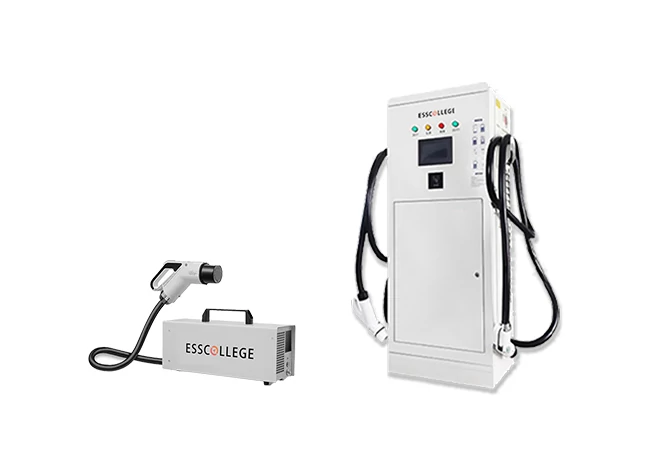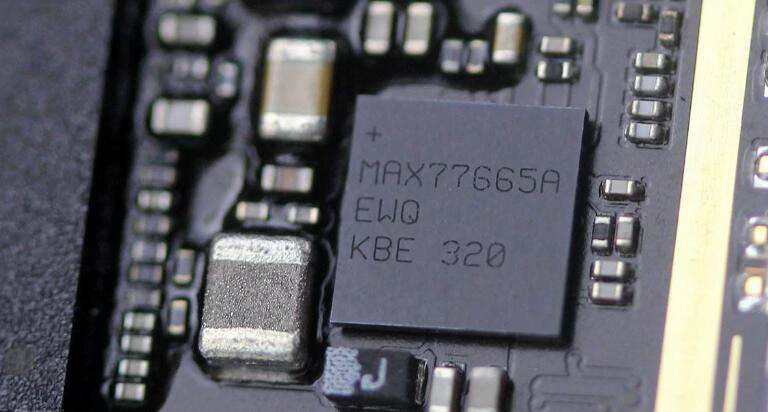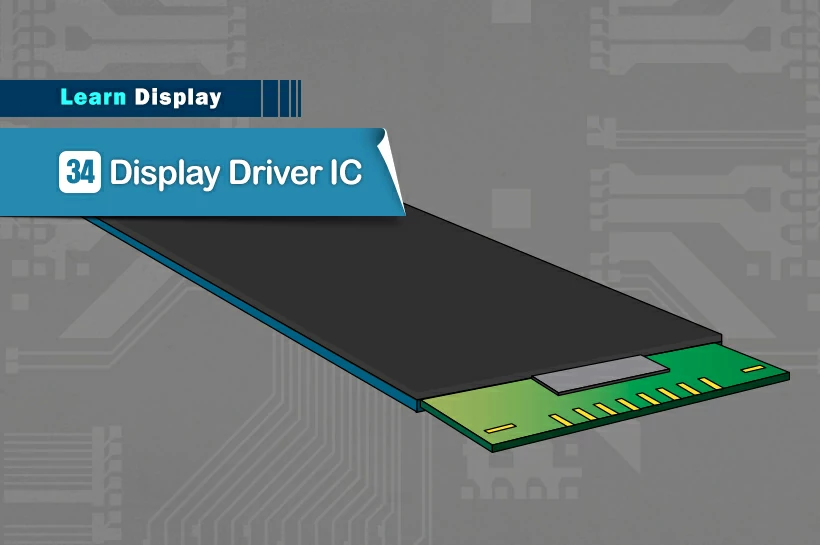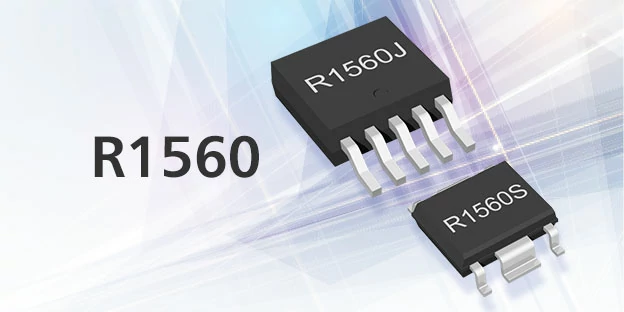What is the effect of modified plastics on the case...
RF Front End of DC charging pile wireless module
Main component
Concept:
The Radio Frequency Front End (RFFE) is the core component of a wireless communication module, located between the antenna and the RF transceiver. It is responsible for the transmission and reception of signals in the wireless communication system, and is a bridge connecting the digital world and the physical world.
Function:
The main roles of RF Front End include:
Signal conversion: in the process of transmitting the signal to convert the binary signal into a high frequency wireless electromagnetic wave signal; In the process of receiving the signal, the received electromagnetic wave signal is converted into a binary digital signal.
Signal amplification: The power amplifier (PA) is responsible for increasing the signal power to ensure that the signal has enough energy to reach the receiving end during transmission.
Signal filtering: The filter is responsible for filtering out signals other than a specific frequency, avoiding interference and ensuring the clarity of communication.
Signal switching: The switch is used to switch the RF transceiver channel to ensure that the signal is sent or received at the right time.
Signal reception: The low noise amplifier (LNA) is responsible for suppressing noise and amplifying the weak signal received by the antenna, improving the reception sensitivity.
Working Principle:
There are several key steps involved in how RF Front End works:
Transmission path: Digital signals are first converted into analog signals, then amplified by power amplifiers, and finally transmitted by switches and antennas.
Receiving path: The wireless signal received by the antenna first passes through the switch, and then, depending on whether it needs to be amplified, it may pass through the low noise amplifier and finally reach the RF transceiver.
Filtering: During transmission and reception, filters are used to ensure that only signals of a specific frequency pass through, thus reducing interference.
Power control: Through feedback circuits, such as power detection (DET), the output power can be monitored and controlled to ensure the effective transmission of signals.
Sum up
The design and performance of RF Front End directly affect the quality and efficiency of wireless communication, especially in the application of new technologies such as 5G and WiFi6, the RF front end has higher requirements, and needs to support higher frequency bands, larger bandwidth and more complex modulation methods.

DC CHARGING PIlE SERIES
DC charging pile is an efficient charging facility for electric vehicles, which uses direct current (DC) to directly charge the vehicle battery, significantly reducing the charging time. Compared with traditional AC charging piles, DC charging piles are able to provide higher power output and can usually charge an EV to 80% of its capacity in 30 minutes, providing users with a convenient charging experience.
Extended reading
The component of the gun head interface
The component of the gun head interface The components that...
The soft start circuit of DC charging pile power switch chip is introduced
The soft start circuit of DC charging pile power switch...
Temperature sensor: “Temperature guard” for DC charging piles
Temperature sensor: “Temperature guard” for DC charging piles During the...
The component of the display chip in the control module
A highly integrated backup power solution for solar home energy...
Linear voltage regulator in DC charging pile power management chip: the core of stable power supply
Linear voltage regulator in DC charging pile power management chip:...
THE ESSC Brand promise
Global supply
Our products sell well all over the world, covering many countries and regions, through the global logistics network, to provide customers with convenient purchasing experience.
Rigorous quality
We adhere to the highest quality control standards to ensure every product meets industry regulations and customer expectations, earning trust through consistent excellence.
Excellent service
With a customer-centric approach, we provide prompt responses, professional support, and personalized services, aiming to deliver the best user experience and long-term value.





